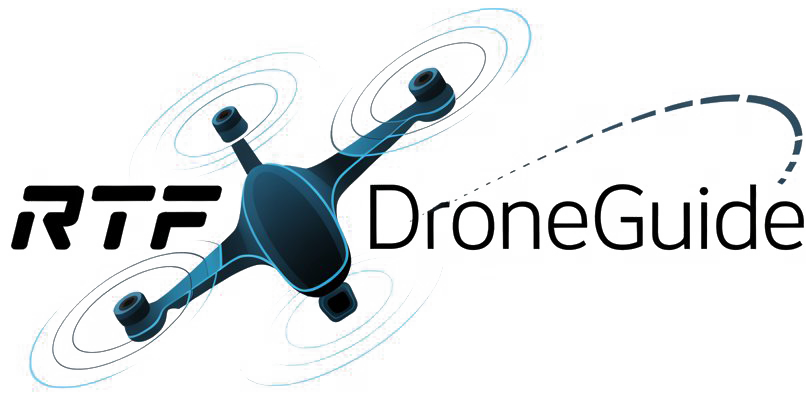The Evolution of Aerial Photography
Aerial photography has undergone a dramatic transformation since its inception. In the past, aerial shots were primarily captured using large, manned aircraft, which limited accessibility and affordability. However, the advent of mini drones equipped with high-quality cameras has democratized the art of aerial photography. With a compact design, enhanced mobility, and affordable pricing, mini drones are now accessible to both professionals and enthusiasts alike.
The Surging Popularity of Mini Drones
Mini drones, typically weighing under 2 kg, have gained immense popularity due to their portability and ease of use. Whether for real estate, landscape design, or personal photography, mini drones offer a range of applications. As of 2023, the global market for consumer drones is expected to exceed $12 billion, driven by advancements in technology, innovative camera systems, and increasing demand for high-resolution aerial imagery.
Technological Advancements
Modern mini drones come equipped with advanced technologies such as GPS, 4K resolution cameras, and automated flight modes. Drone technology has made significant leaps in recent years, with features that enhance both usability and output quality:
High-Resolution Cameras: The integration of high-definition cameras allows drone operators to capture stunning visuals with crystal clarity. Many drones feature 4K video recording and high-megapixel still photography capabilities, making them suitable for professional-grade projects.
Gimbal Stabilization: Gimbals help stabilize the camera while the drone is in motion, counteracting turbulence caused by wind or rapid changes in direction. This results in smooth, cinematic footage that captures every detail.
- Smart Flight Modes: Features like Follow Me, Orbit Mode, and Waypoints allow users to automate their filming process. These modes free up the operator to focus on composition while the drone manages its flight path.
Applications of Mini Drones in Various Industries
The versatility of mini drones with cameras lends itself to numerous industries. Below are some notable applications:
Real Estate Marketing
In real estate, the virtual tour experience is evolving. Aerial images captured by mini drones provide potential buyers with a unique perspective on properties. High-quality shots of rooftops, backyards, and overall layouts enhance listings significantly, creating a compelling narrative that traditional photography cannot match.
Agriculture and Environmental Monitoring
Farmers are turning to mini drones to monitor crop health, assess land usage, and evaluate irrigation systems from above. Drones equipped with multispectral sensors analyze vegetation health by capturing data beyond the visible spectrum. This information enables farmers to make informed decisions, ultimately improving crop yield and optimizing resources.
Film and Content Creation
Filmmakers and content creators have embraced mini drones as a crucial tool for capturing dynamic shots without the need for expensive helicopter rentals or scaffolding. Their compact size allows them to access tight spaces previously difficult to film. As a result, audiences are treated to breathtaking footage that adds depth and dimension to storytelling.
Infrastructure Inspection
From bridges to wind turbines, the ability to assess structural integrity is vital for safety. Mini drones have revolutionized infrastructure inspections. They allow inspectors to reach hard-to-access areas quickly while providing high-resolution images that help identify potential issues before they become critical problems.
Legal Considerations for Drone Photography
As the popularity of aerial photography grows, so does the need for awareness regarding legal regulations. In many countries, drone operators must adhere to specific laws concerning airspace and privacy. Key points include:
Registration: In the U.S., drones weighing over 250 grams must be registered with the Federal Aviation Administration (FAA). This requirement helps in maintaining accountability in case of incidents.
No-Fly Zones: Operators must respect no-fly zones, often encompassing areas near airports, military bases, and other sensitive locations. Following these regulations helps ensure the safety of both the drone operator and the general public.
- Privacy Rights: Photographers should be conscious of capturing images of private property without consent. Respecting privacy rights will protect drone users from possible legal consequences.
The Future Landscape of Mini Drones with Cameras
Looking ahead, the future of mini drones in aerial photography is compelling. Innovations continue to emerge at a rapid pace, indicating a promising trajectory for this industry.
Enhanced AI Integration
As artificial intelligence (AI) technology advances, drones will become smarter and more autonomous. AI can enhance image processing, enabling drones to capture optimal photographs and videos based on environmental conditions automatically. AI-powered drones may also learn from users’ preferences, helping to create customized flight plans.
Swarm Technology
Research into swarm technology allows multiple drones to operate in tandem, delivering coordinated aerial shots that one drone alone cannot achieve. This could be especially valuable in large production settings, such as film sets or events like marathons and festivals, where dynamic coverage is necessary.
Extended Flight Times and Battery Life
Battery technology continues to improve, with the objective of increasing flight times for mini drones. Ongoing developments in energy storage solutions, such as lithium-sulfur batteries, could dramatically extend operational capabilities, allowing more extended shoots without interruptions for recharging.
Improvements in User Interface
User experience will undoubtedly be a focus for drone manufacturers. Future mini drones will likely feature more intuitive control systems, making it easier for both novices and experienced operators to navigate complex flight paths and capture stunning aerial imagery.
Environmental Considerations
As mini drones gain traction in various industries, it’s essential to consider the environmental impact of their use. Sustainable practices should be prioritized, such as employing battery recycling programs and ensuring the drone’s production takes environmental concerns into account.
Eco-Friendly Developments
Innovation might lead to the development of eco-friendly drones designed to minimize noise pollution and reduce their overall carbon footprint. Additionally, incorporating biodegradable materials can further offset environmental impacts.
Conclusion of Aerial Photography Futures
The future of aerial photography through mini drones is undoubtedly bright, with rapid technological advancements poised to enhance capabilities, accessibility, and applications. As the market continues to expand and regulations adapt to accommodate innovation, the landscape for aerial photography is set to evolve in exciting ways. Enthusiasts, professionals, and businesses alike will benefit from these advancements, opening new avenues for creativity, efficiency, and safety in capturing the world from above.


